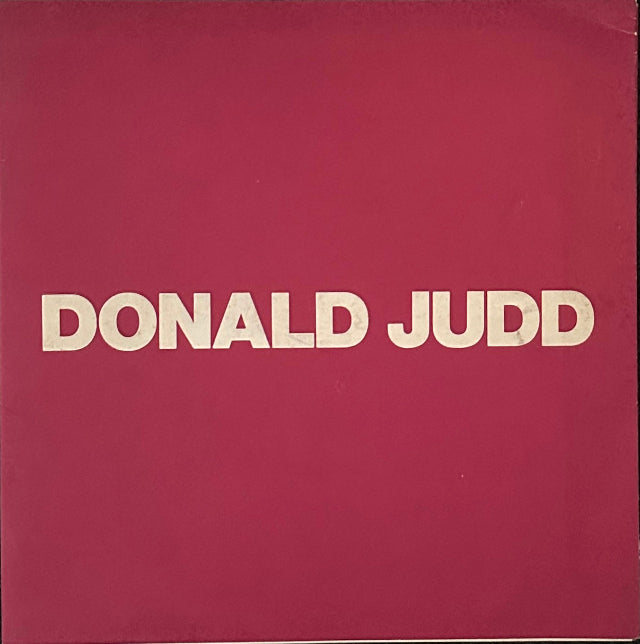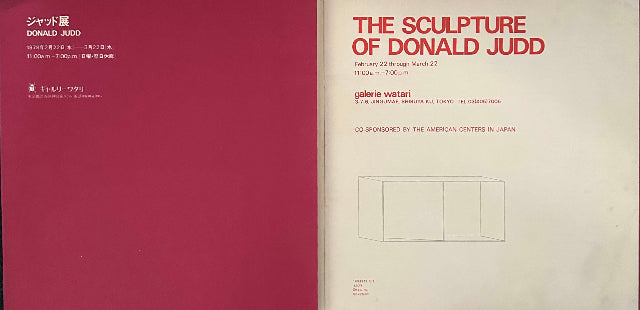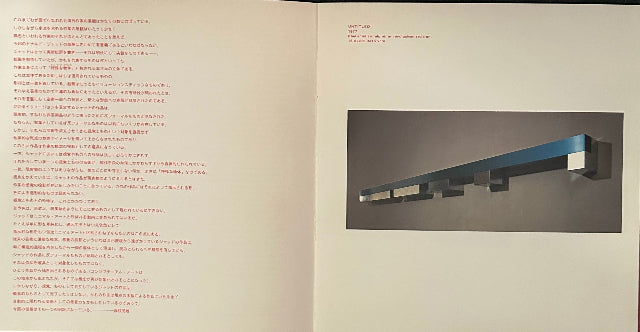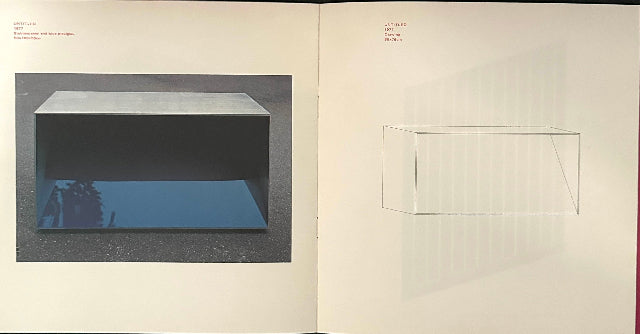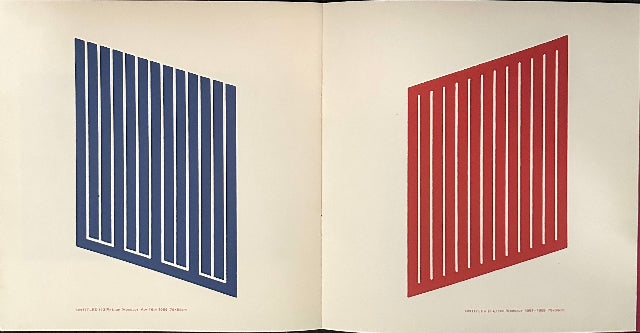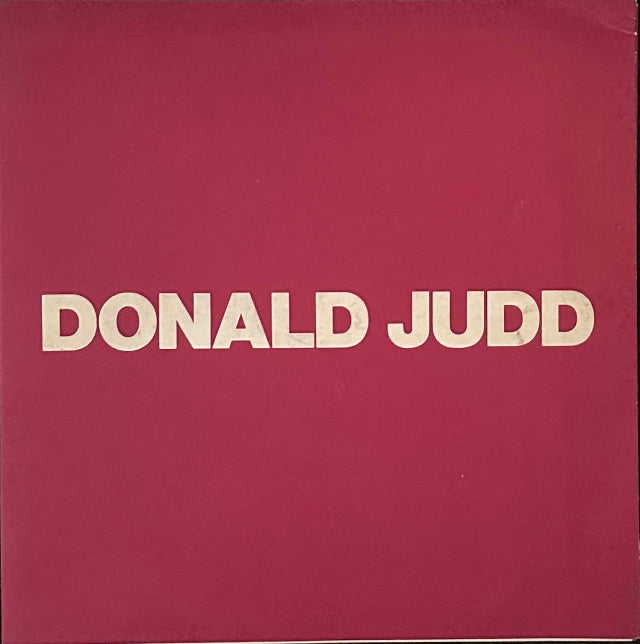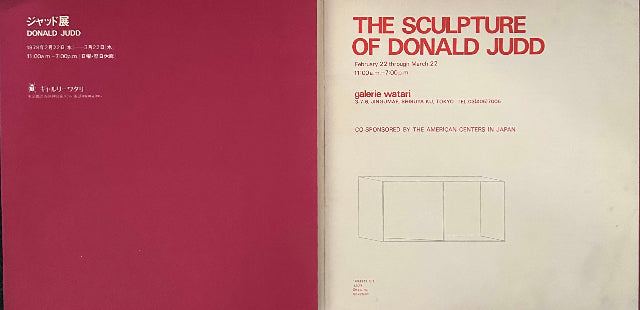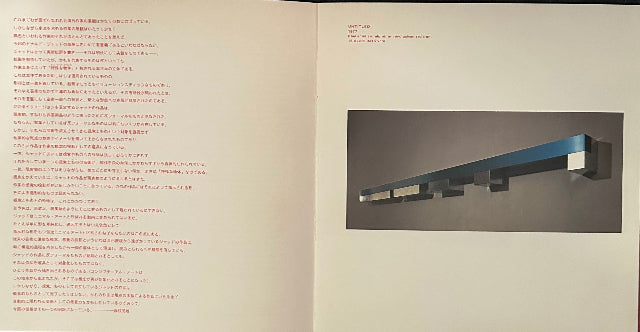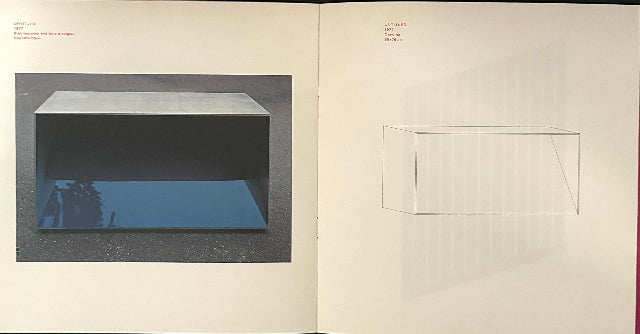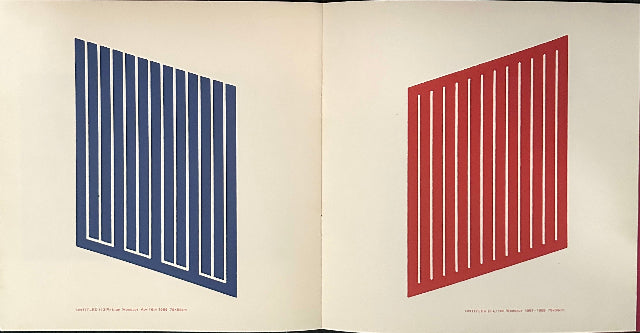DONALD JUDD The Sculpture of Donald Judd ジャッド展
DONALD JUDD The Sculpture of Donald Judd ジャッド展
受取状況を読み込めませんでした
ドナルド・ジャッドはミニマリズム・ムーブメントの中心的人物であり、戦後のアメリカ美術に大きな変革をもたらした芸術家の1人。
ジャッドはアルミニウムやコルテン鋼など産業素材と呼ばれるものを芸術に導入し、立体作品を制作。色彩、形態における純粋性、空間と作品の関係性を追求した。制作の際に、設計図をもとに発注する"Art Fabrication"を始めたアーティストとしても知られる。「芸術家の手作業」(artist's hand)を排除することは画期的なことだったが、その後のコンセプチュアル・アートなどへとつながっているとも考えられる。彼は作品を「特定のオブジェクト」(Specific Object)と位置づけたが、芸術を形作ってきたさまざまなあり方を排し、根源的なミニマルなあり方を示した。
1979年に東京のギャラリー・ワタリで開催されたカタログで、解説は、美術評論家の藤枝晃雄。
Donald Judd was a central figure in the Minimalism movement and one of the artists who brought significant transformation to postwar American art.
Judd introduced industrial materials like aluminum and Corten steel into art, creating three-dimensional works. He pursued purity in color and form, and the relationship between space and the artwork. He is also known as the artist who pioneered “Art Fabrication,” the practice of ordering works based on drafts.While the exclusion of the “artist's hand” was groundbreaking, it is also considered a precursor to subsequent movements like Conceptual Art. He positioned his works as “Specific Objects,” rejecting the various ways art had been shaped and demonstrating a fundamental minimalist approach.
The catalog for the 1979 exhibition at Galerie Watari in Tokyo featured commentary by art critic Teruo Fujieda.
Galerie Watari, ギャラリー・ワタリ
1978
23 x 24 x 0.35 cm
12 pages
Share
